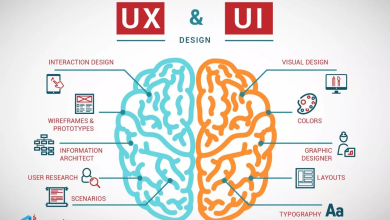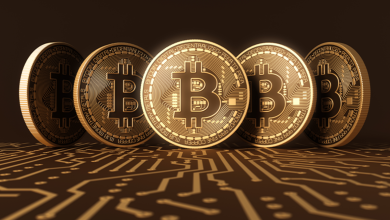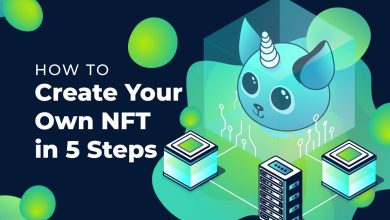Episodic Memory: What Is It, And Why Is It Needed?

Sometimes it is enjoyable to remember funny stories that happened to us in childhood. It gives us a charge of positive emotions and also forms our life experiences. Episodic memory is a place where various memories from the past are stored. Absolutely all people on the planet have this kind of memory.
What Is Episodic Memory?
Episodic memory stores various memories of events that happened in the past. It stores knowledge of where, when, and with whom some events occurred in the past.
It was first described in detail in 1972 by the Canadian experimental psychologist Endel Tulving. The main point of his research was to explain the difference between knowing and remembering.
Episodic memory is long-term. It allows us to remember good and bad events, based on which we form our worldview and experience. So, for example, if in childhood you spilled boiling water on yourself, then in the future you will handle it more carefully. It is one of the protection mechanisms that has been developed to ensure that we do not repeat the mistakes we have made in the past.
Examples of episodic memory include:
- Emotions that you experienced at the birth of a child;
- Memorable stories during the last party;
- Data on how you solved problems at work;
- The story of how you almost fell through the ice as a child and much more.
Everyone has many stories you want or don’t want to remember, but they will still pop up in your memory from time to time.
It is worth noting that sometimes we cannot reproduce the whole picture under severe stress, but we remember precisely the emotion we experienced. It is especially true of events that have caused us incredible fear or wild delight.
Types Of Episodic Memory
The human brain is built in such a way that we remember some events with documentary accuracy and vice versa; we recognize only in fragments and come up with missed moments on our own. As a result, we cannot always see the difference between fiction and reality.
Today, there are 4 main types of episodic memory:
- Specific events;
- General events;
- Personal facts;
- Flash memories.
Specific events are vivid memories of past experiences. They pop into your mind when you see the person or thing associated with them. For example, if a person sees a horse, it pops up in his mind how he or she rode for the first time.
Shared events remember not so much the events as the emotions you experienced. For example, if you go to the skating rink every weekend, you will not remember all the trips but the emotions you experience while skating.
Personal facts are data that include personal information, such as a cat’s name or a wife’s phone number.
Flashback memories are those events where you can’t remember everything in detail, but you have occasional vivid flashbacks, like getting lost in the park — being a child.
Each of us has memories attributed to one type of episodic memory. For each, they are formed individually, depending on what events happened to you. It is worth noting that people can remember the same event differently, depending on what emotions they experienced at that moment.
How Can Episodic Memory Be Improved?
Today, several practical techniques help improve episodic memory. All of them boil down to improving the overall state of memory. The better you can remember various events, the clearer your episodic memories will become.
Often it is enough for a person to exercise for 15 minutes daily. Practice shows that you do not need to devote a lot of time, but the frequency of classes matters. So, if you spend an hour training once a week, this will not give such a strong result as daily exercises for 5 minutes.
To improve this type of memory, you can use one of the many mobile applications, such as memoryOS. It has many interactive exercises, vivid pictures, and 3D models that make learning more accessible and fun. You will see the result in a few weeks, and if you practice without missing a workout every day, the changes will be noticeable even faster.





